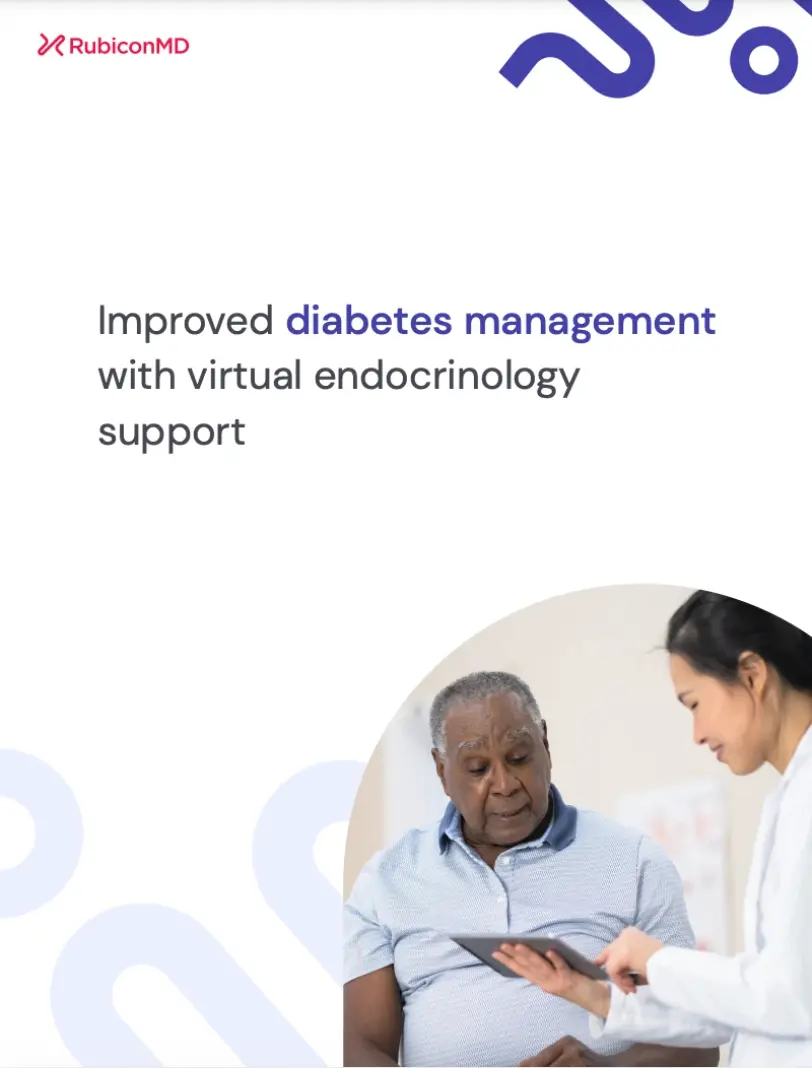eConsult Transcript
PCP submission
73 year old male with multiple medical problems including CAD, HTN, Hepatitis C, PVD, and hearing loss. Patient denies any headaches, dizziness, change in balance; unclear if hearing loss sudden but began to notice it several months ago. Audiology test shows: right ear: mild sensorineural hearing loss 2501-Hz sloping precipitously to a moderately-severe to severe loss through 8000Hz; left ear: mild sensorineural hearing loss 250-500Hz sloping to a moderate to profound loss through 8000Hz. Impression mentioned: follow up with referring provider and ENT due to left ear asymmetry.
Is it necessary for him to be seen by ENT? He is not interested in hearing aids. Is imaging necessary?
PCP submission
Hello and thanks for the consult. The vast majority is idiopathic but the new clinical practice guidelines do recommend an MRI IAC or ABR to rule out a retrocochlear cause. Imaging is necessary in the setting of asymmetric sensorineural hearing loss. I would order an MRI of the brain with IAC protocol with and without gadolinium to rule out an acoustic neuroma. If this is negative and the patient has no other symptoms and is not interested in hearing aid then seeing as he is probably not necessary. My clinical experience has been that acoustic neuroma rarely presents with sudden sensorineural hearing loss and more commonly with a slow progressive hearing loss but it certainly can so the guidelines recommend the imaging. I have included a link to the guidelines to aid with additional questions as well. https://journals.sagepub.com/doi/full/10.1177/0194599819859883
